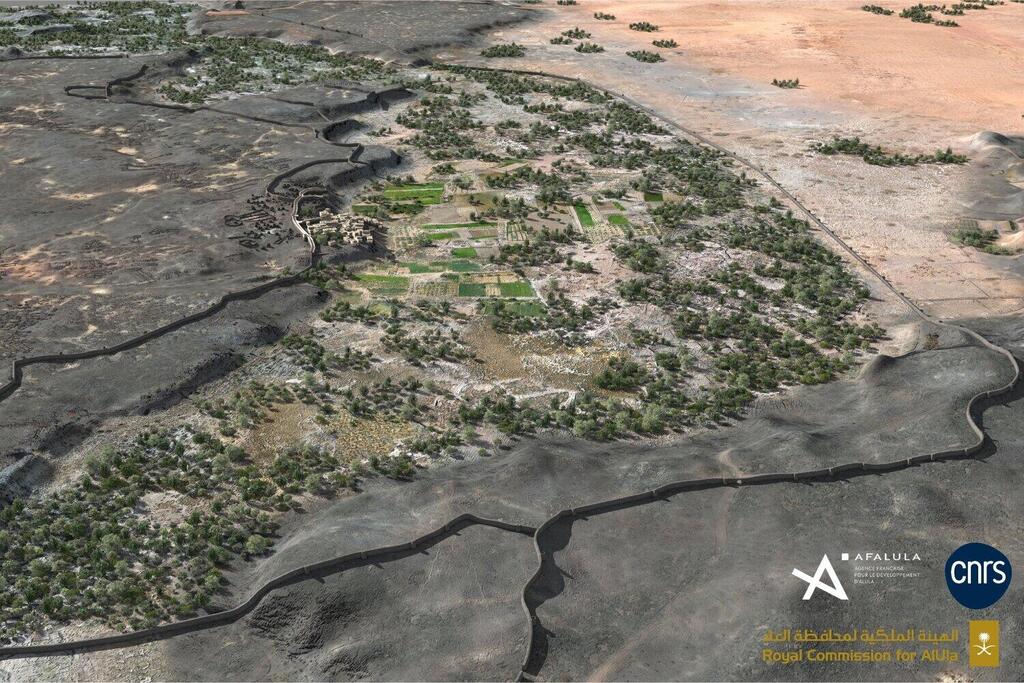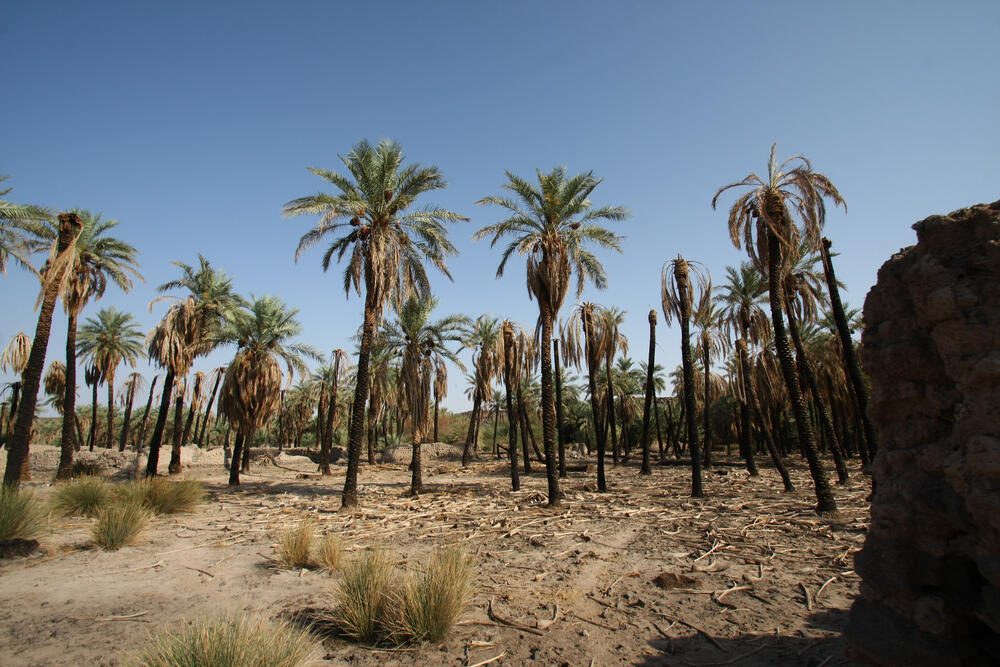Getting your Trinity Audio player ready...
An ancient fortification line has been discovered through excavations in Khaybar, a Saudi oasis. Before the rise of Islam in the 7th century, the area had been inhabited by Arabian Jewish tribes until it was conquered by Muslim armies under Muhammad during the Battle of Khaybar in 628 CE.
Read more:
This historic finding constitutes one of the longest fortification lines ever discovered in the area, shedding light on the cultural and social dynamics in the Arabian Peninsula at the time. Stretching over nine miles, the formidable walls of this fortress enclosed a vast expanse of more than 2,700 acres. With a thickness ranging from five to eight feet, these walls were crafted to ensure utmost protection for the oasis settlement. A remarkable discovery reveals the presence of over 70 bastions strategically embedded within the walls, serving as defensive structures. This fortress formed an integral part of an intricate network of walled oases that dotted the region.
Based on the analysis of radiocarbon dating conducted during the excavations, experts have estimated that the construction of this fortification took place between 2250 and 1950 BCE.
Guillaume Charloux, an archaeologist with the French National Center for Scientific Research (CNRS), believes that the line was built as a defensive barrier against nomadic attacks, which were relatively prevalent at the time. He further stated that constructing this imposing wall would have required an astounding 5.8 million cubic feet (equivalent to 164,000 cubic meters) of stone and brick. A workforce of approximately 250 individuals would have labored tirelessly for a duration of four years to complete it.
2 View gallery


Digital reconstruction of Khaybar
(Photo: Khaybar Longue Durée Archaeological Project, M. Bussy & G. Charloux)
Prior to commencing the excavations, an extensive analysis of the site was conducted through satellite surveys. The comprehensive undertaking of unearthing the fortifications was spearheaded by the dedicated researchers of the Khaybar Longue Durée Archaeological Project, spanning the period from 2020 to 2023.


